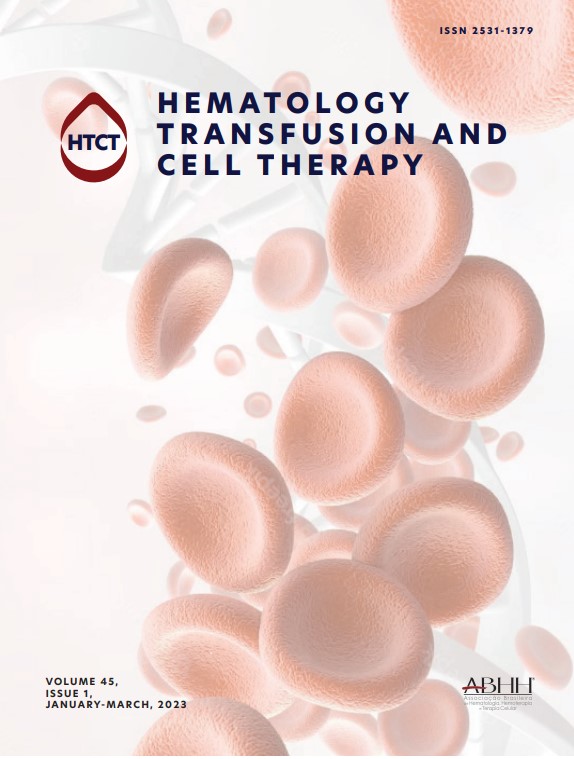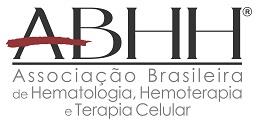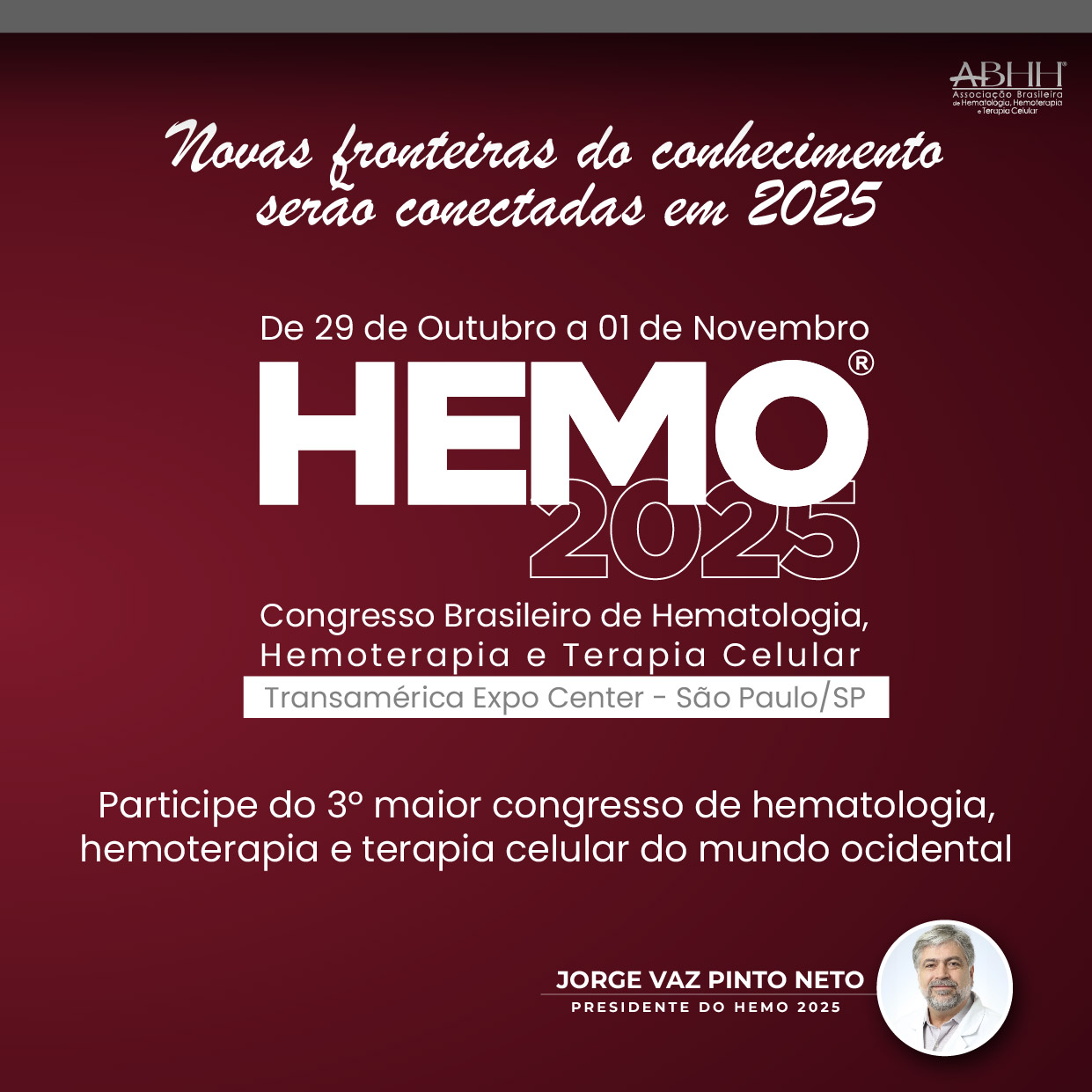Chimeric antigen receptor (CAR) T-cell therapy for hematologic malignancies is a cutting edge therapeutic advancement which is leading the immunotherapy frontier and cancer therapy. CD19-specific CARs are the most commonly used. CD19 is expressed on the surface of most B-cell malignancies and thus can be used as a target for immunotherapies for ALL, and NHL. Phase II trials have showed that anti-CD19 CAR T-cell therapy can induce durable responses in patients with relapse/refractory (R/R) ALL and aggressive B cell NHL. Some of the AMLs with 8:21 translocation expressed CD19, as well. We initiated a single center program in which patients with R/R ALL and NHL were treated with academic produced anti-CD19 CAR T-cells (autologous T-cells expressing anti-CD19 CAR construct with CD28 co-stimulatory domain). Inclusion criteria were age between 1 and 50 years, failure of at least two prior therapeutic protocols, a CD3 count greater than 250/μL blood, absence of clinical signs of graft-versus-host disease and no immunosuppressive treatment. Depending on age, the minimal performance score was 50 on a Lansky scale or on a Karnofsky scale. Patients with prior CD19 directed therapies were eligible for the study. Lympho-depleting conditioning was inducted by fludarabine 25mg/m2 for 3 days and cyclophosphamide 900mg/m2 for 1day, followed by infusion of 1–1.5×106 transduced CAR-T cells per kilogram weight. Primary endpoints of the study were production feasibility, patient safety and best overall response rates, documented 1 to 2months after infusion. 93 patients with r/r B-cell malignancies. All patients were heavily pretreated. Three enrolled patients (3%) dropped out from the study due to clinical deterioration (n=2) or failure to produce CAR-T cells (n=1; absence of CAR-T cells in the infusion product). One patient was treated twice. Of the treated patients, 37 patients had r/r ALL and 53 patient's r/r NHL, including DLBCL (n=36), Burkitt lymphoma (n=3), PMBCL (n=7), follicular lymphoma (n=4), gray zone lymphoma (n=1), mediastinal lymphoma (n=1) and high-grade lymphoma (n=1). The median age of pts with ALL was 17±14 years and median age of those with NHL was 44±15 years. Both, ALL and NHL patients received an average of three prior lines of therapy. Thirty-two of 90 patients (36%) received a stem cell transplantation(SCT) prior CAR-T therapy, including 17 allogenic or haloidentical SCT in patients with ALL (n=15) and NHL (n=2). Ten of 37 (27%) ALL patients received prior therapy directed against CD19, such as blinatumomab and Inotuzumab. Clinical response was evaluated 1 to 2 months after CAR-T cell administration. One ALL patient died of sepsis before evaluation and one NHL patient is still awaiting his evaluation. Of 36 evaluated ALL patients, 24 (67%) achieved measurable residual disease (MRD) negative CR, 6 (17%) MRD positive CR and 5 patients (14%) progressed. One ALL patient with an initial response was treated a second time with CAR-T, but did not respond. Of 52 evaluated NHL patients, 32 (62%) achieved an objective response, including 16 complete remissions and 16 partial responses. Twenty (38%) patients had disease progression.1,2 Notably, we recently show that CD19 CAR T-cells were able to induce remission in a patient with CD19+ AML with t (8; 21)(q22;q22.1) that relapsed 6 months post allogeneic transplant and failed re-induction. On day 28 post CAR-T CD19 infusion BM aspiration disclosed normal hematopoiesis with no excess blasts, full donor chimerism and lack of t (8; 21) by FISH confirming clinical and molecular remission.3 We also assessed kinetic of cell phenotype on PBMCs of the CAR-T treated patients using multiparametric flow cytometry. The manufactured CAR-T products (n=9) were also subjected to immunophenotypic analysis in order to elucidate the mechanisms of CAR-T cell trafficking and activity. We observed increased immunosuppressive phenotype as well as induction of T cell senescence/exhaustion in non-responding compare to responding patients.4
O fator de impacto mede o número médio de citações recebidas em um ano por trabalhos publicados na revista durante os dois anos anteriores.
© Clarivate Analytics, Journal Citation Reports 2025
O CiteScore mede as citações médias recebidas por documento publicado. Mais informação
Ver maisSJR é uma métrica de prestígio baseada na idéia de que todas as citações não são iguais. SJR utiliza um algoritmo similar ao page rank do Google; é uma medida quantitativa e qualitativa ao impacto de uma publicação.
Ver maisSNIP permite comparar o impacto de revistas de diferentes campos temáticos, corrigindo as diferenças na probabilidade de ser citado que existe entre revistas de distintas matérias.
Ver mais





